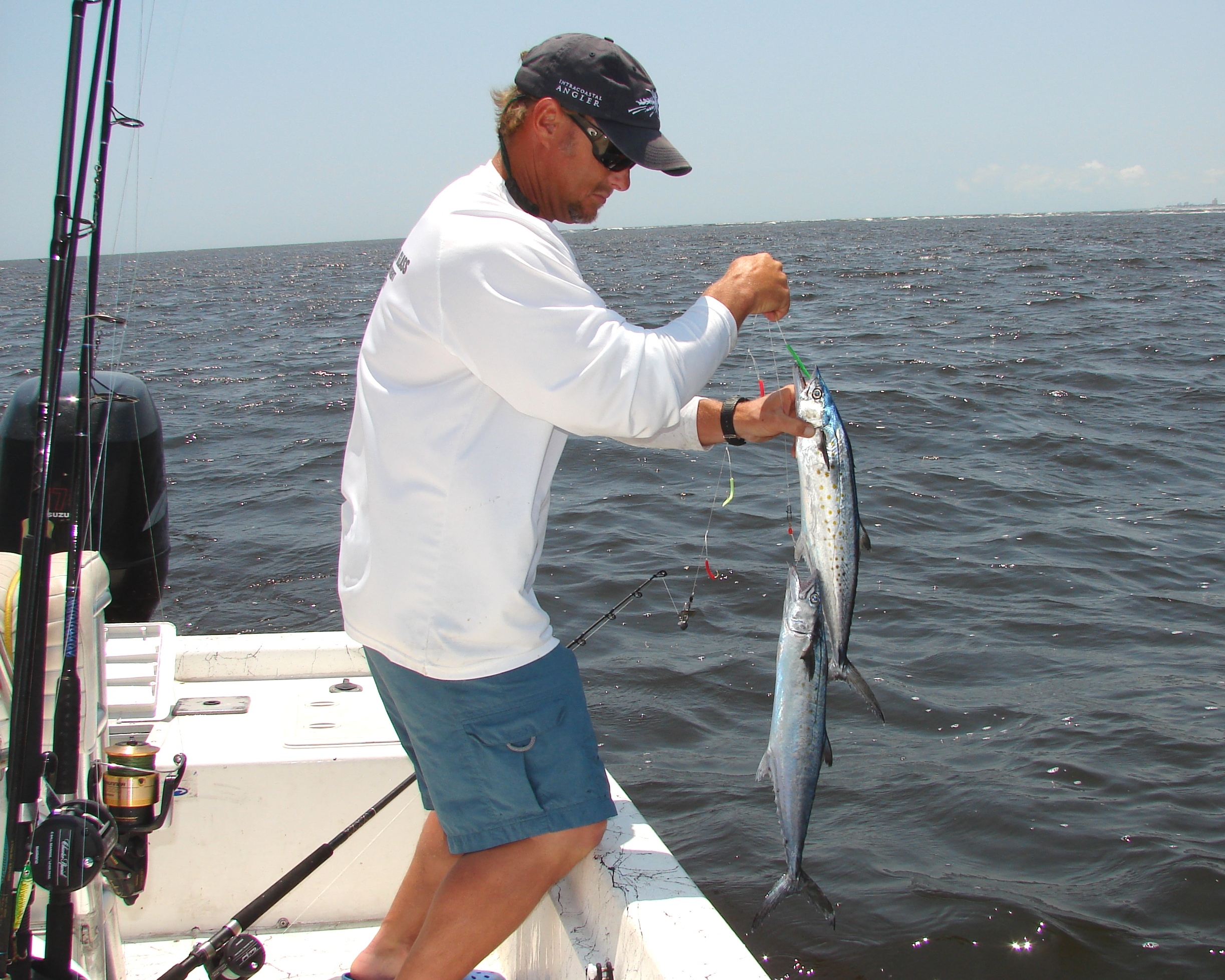
Fishermen in both Carolinas should pay attention this month for the annual arrival of hungry Spanish mackerel to nearshore waters.
One of the signs that spring has returned to the Carolinas is the arrival of Spanish mackerel in coastal waters. These little mackerel are targeted by fishermen from Hilton Head to Nags Head, and rightfully so. They are generally considered the tastier of the mackerel; they arrive in large schools; the limit is liberal; they are typically easy to find, and they are usually in a feeding mood. It doesn’t get much better.
Spanish mackerel are primarily caught in the nearshore ocean, from just beyond the breakers to a few miles off the beach, but they may be farther offshore and occasionally follow baitfish into inlets, sounds and larger coastal rivers. This availability and abundance are two of the primary reasons for the popularity of “Spaniards.”
They can be caught on live baits, jigs cast from piers and the surf and by trolling and casting from any boat seaworthy enough to go into the ocean. Add their forays into inlets, bays and rivers, and their pleasant, mild flavor and it’s easy to see why they are high on the preferred list of so many fishermen.
Rennie Clark, Jr. of Tournament Trail Charters (910-465-8943) in Carolina Beach, N.C., enjoys fishing the nearshore ocean a lot, especially when jigging and trolling for Spanish.
“I am fortunate to live in an area with a great Spanish run, both spring and fall, and a variety of places to find them,” Clark said. “We have a couple of inlets, several nearshore artificial reefs and a good spread of nearshore natural structure. All of this tends to concentrate bait, which concentrates fish. Our area also has a reputation for holding more large spring Spanish than anywhere else in the Carolinas.”
Clark, who fishes primarily out of Carolina Beach Inlet, has the option of heading south towards Cape Fear or north towards Masonboro Inlet and Wrightsville Beach. Masonboro Inlet is one of North Carolina’s few jettied inlets, and the rock structures concentrate the water flow carrying baitfish around their ends. The water often is clearer to the north, as some flow from the falling tide in the Cape Fear River goes out Carolina Beach Inlet.
“I enjoy casting to feeding Spanish more than trolling,” Clark said. “It lets my clients fight the fish rather than having to wind in planers and heavy trolling sinkers. However, some days they are feeding deep enough that even the birds are having trouble finding them, so we go to spots with good histories of holding fish and troll.”
Clark’s favorite jigs are Williamson’s .9-ounce Gomame and .7-ounce Gomoku jigs. They come equipped with treble hooks, which Clark replaces with coastal black, No. 1/0 size VMC ILSCB large-ring J-hooks to allow quick and easy removal from the tooth jaws of a Spanish, especially if the fish is to be released. He also replaces the standard split rigs with No. 3 VMC stainless-steel split rings for more strength.
“I use these jigs for everything from casting to breaking Spanish, bonito and false albacore to vertical jigging for gray trout, black sea bass, overslot reds in the ocean and more,” Clark said. “They usually do the job well, but occasionally Spanish mackerel will get locked into feeding on a particular size bait, usually small glass minnows, and won’t hit larger lures. When this happens, I downsize to smaller Maria jigs, and the bite usually picks up.”
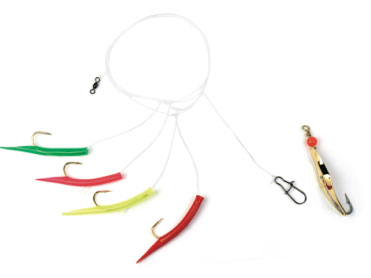
Clark prefers to find schools of feeding Spanish and cast to them, but sometimes that just doesn’t happen. Some days the Spanish stay deep, even if they’re feeding, and when this happens, trolling is the way to locate them and sometimes the only way to catch them consistently.
Clark has two different trolling tactics. He begins in places that normally hold Spanish and trolls while looking for schools of fish on the fish finder. He prefers to troll slowly with Yo-Zuri Deep Diver lures, which dive a few feet on their own, so they are easy to use and let fishermen fight the fish.
Some days, Spanish are holding deeper, so Clark breaks out his go-to lures, small planers and Mackerel Tree rigs. Clark prefers smaller, No. 1 planers, but occasionally Spanish are deep enough a bigger No. 2 to be needed.
Mackerel Tree rigs are growing in popularity. They have several drops with short pieces of surgical tubing and a gold hook, with a Clark Spoon trailer. Clark said they can be difficult to handle at times but are very productive, with double strikes common and triples rarely a surprise.
Mike Eady has years of experience fishing and guiding from a kayak from South Carolina’s Grand Strand as far south as Georgetown, S.C., and he’s recently added a skiff to his arsenal at Yak Kayak Fishing and Outdoor Guides.
Eady (843-246-0045) prefers to fish for Spanish mackerel from Murrells Inlet, S.C., where there is tidal flow out the jettied inlet, flow from Pawleys Island Inlet a few miles down the beach, artificial reefs close to both inlets and a productive hardbottom area just offshore off one artificial reef. Two of the closer reefs, the jetties at Murrells Inlet and the tide lines from both inlets can be reached by boat or kayak, but a reef farther offshore and hardbottom area require a boat.
Fishing from a kayak, Eady has developed several techniques that work well at slower speeds. The skiff allows trolling at the 5- to 8-knot speed many fishermen feel is appropriate for Spanish, but he also uses a slow-trolling technique and often stops and casts.
“I look for things that indicate Spanish are there,” Eady said. “This can be birds hovering and diving over a spot; it can be bait showering or it can be cutting fish on the surface.
“Spanish usually show up at the 10-Mile Reef and Belkie Bear first, and then move towards the beach as bait shows,” Eady said. “This could be at any time from mid-April on, but certainly by mid-May. Early on, they will be spread, and we will conventional troll using Clark Spoons and Mackerel Trees behind trolling sinkers and small planers. We troll faster early as … the key to catching them is covering a lot of water. As the schools get larger, we slow our trolling speed and concentrate on fishing the schools.”
Eady uses gold and silver Clark Spoons in Nos. 0 and 00 and a variety of Mackerel Tree rigs early in the season. His rigs are a combination of red, blue and green tubing and mixed rigs of silver and gold Mylar, with a Clark Spoon at the end. There are days the fish prefer one color or another, so the mixture is a must.
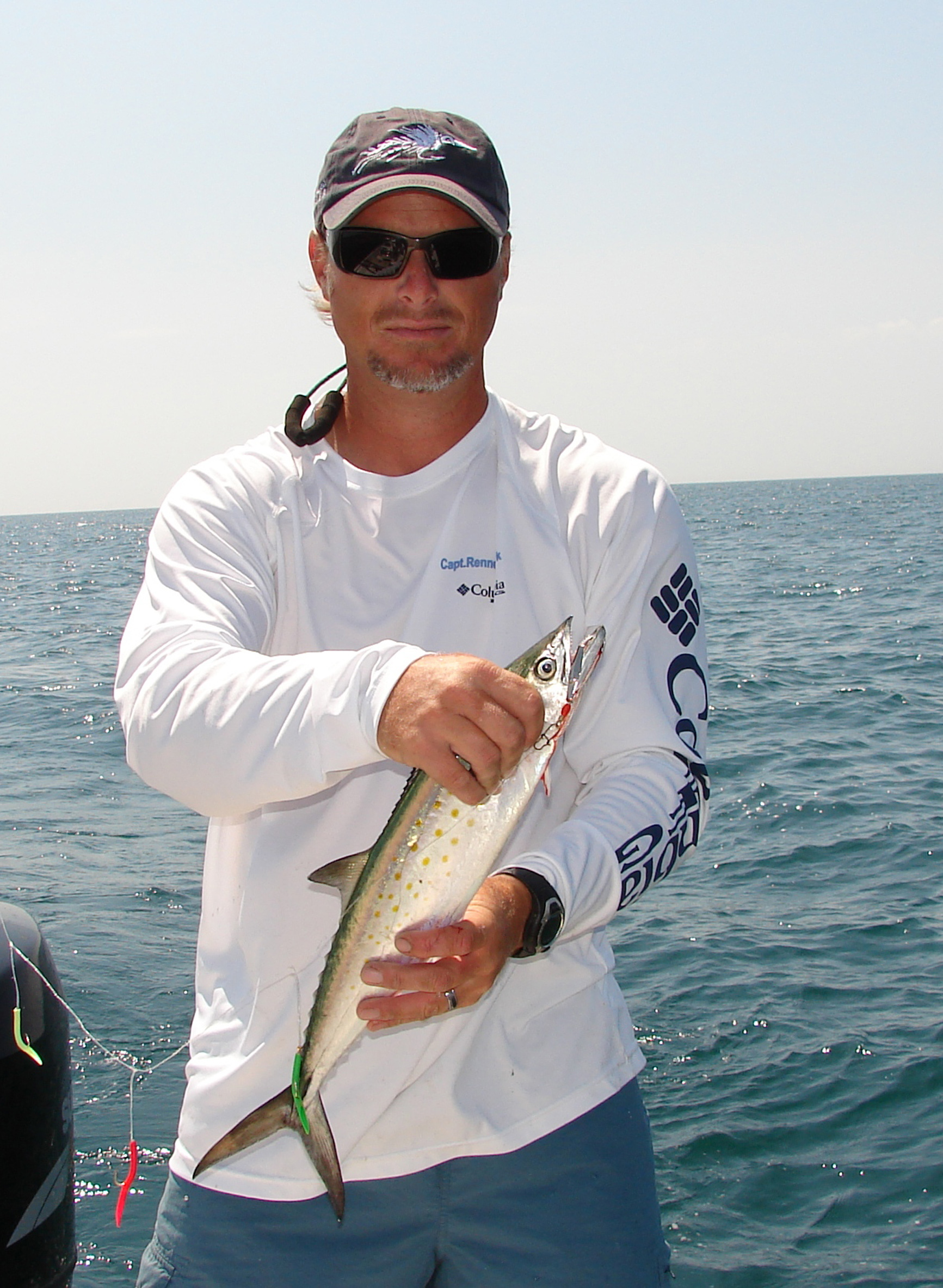
As the water warms, Eady said Spanish develop a preference for gold and silver; not only with Clark Spoons, but with Mackerel Trees. He said the Mylar Mackerel Tree rigs with the Mylar inside clear tubing catch as well and last much longer. Spanish will gnaw on exposed Mylar and tear it from the hooks.
At about the same time, Spanish usually slow down the speed at which they feed; Eady has taken advantage of this for years while kayak fishing and now also uses that experience in the boat, slowing his trolling speed from 5 knots or better to around 2 to 3 knots.
Eady said the creeks at Murrells Inlet and Pawleys Island are unique estuaries that are only fed through the inlets. They are tidal and don’t go inland across US 17. There is no freshwater runoff from inland feeding them, and the water warms more quickly. Some baitfish stay in the area all winter, and mullet minnows show up earlier than in other areas. Spanish know this and gather just outside the inlets to feed.
“By mid- to late May, Spanish are thick and gather off the ends of the Murrells Inlet jetties,” Eady said. “They may gather as the tide rises, but their numbers increase dramatically once the tide begins to fall and sweeps minnows and shrimp out the inlet. We’ll position just to the outside of the harder current and cast small lures or drift minnows into it.
Eady doesn’t stop to cast often, but when he does, he likes to cast small Rat-L-Traps, which he said match the size of minnows being swept out the inlet and have an action Spanish like. Rat-L-Traps sink a little naturally and this puts them in the strike zone for feeding Spanish.
“Our Spanish live-bait rig is a little different than most,” Eady said. “Spanish have incredible eyesight and shy away from even a trace of wire, so we use 2 to 3 feet of 20-pound Vanish fluorocarbon for the leader. It’s tied to a single, No. 1 long-shank hook that is hooked up through the bait’s lips. Sometimes the bait is drifted back with the current and allowed to sink, and sometimes it is under a float to limit its depth. We live bait with lighter rods and reels and fishermen have a lot of fun catching Spanish.”


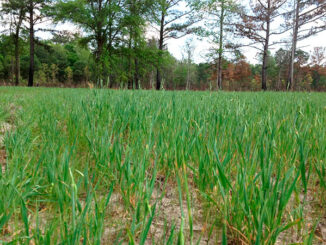
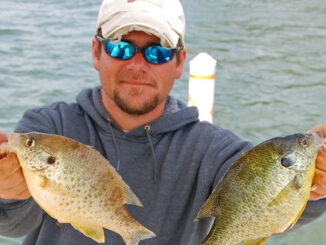

Be the first to comment